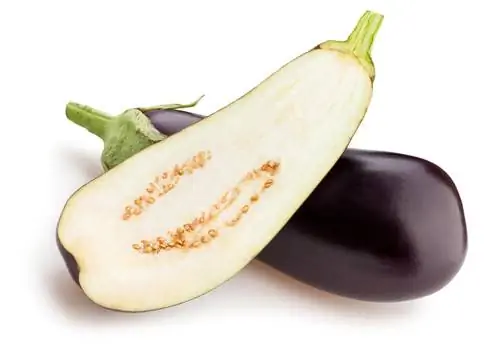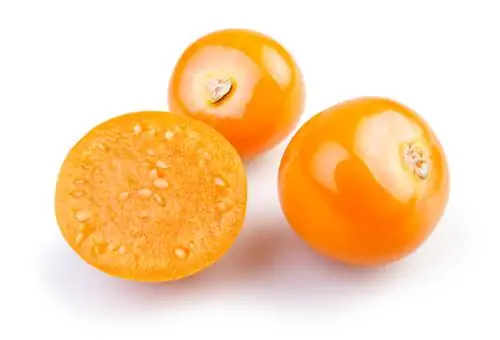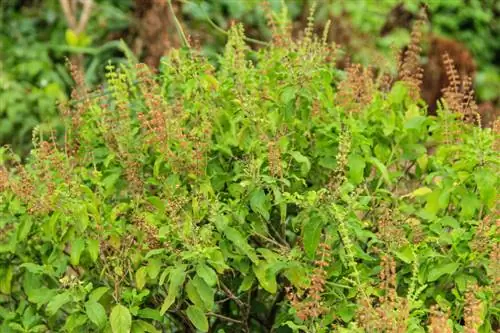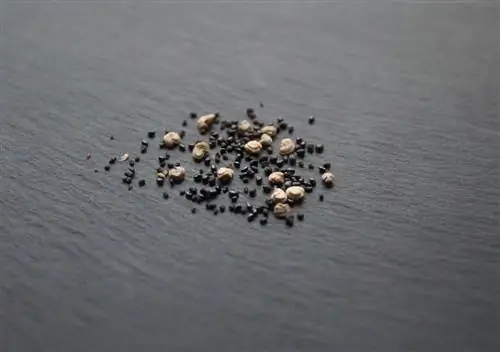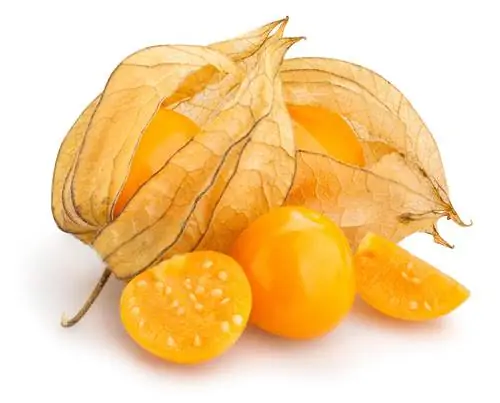- Author admin [email protected].
- Public 2023-12-16 16:46.
- Last modified 2025-01-23 11:20.
Fedwort is a popular ornamental plant not only because of its beautiful, purple flowers. It can also be used to some extent to combat fruit flies or fungus gnats. That's why it can be worthwhile to collect Pinguicula seeds in order to propagate additional plants for the herb bed.

How do you get butterwort seeds for propagation?
To obtain butterwort seeds, pollinate the flowers manually with a brush, tie a bag over the pollinated flowers and let the seeds fall into it. Allow seeds to dry and use for sowing in spring.
How to get butterwort seeds
If you are already growing butterwort species in the garden or pot, you can get seeds from the flowers yourself. To do this, however, the flowers of the Pinguicula must be pollinated. For plants kept indoors, you have to do the pollination yourself.
You need at least two flowers, preferably from two plants. Using a soft brush, paint over each flower in turn. To be on the safe side, repeat this process again. Bees and other insects do the pollination for butterworts that are grown outdoors. The seeds form in the ovaries, which pop open when the seed is ripe.
Tie a bag over the pollinated flowers into which the ripe seeds will fall later. You can also place a bowl underneath to catch the seeds. The seeds must dry until spring before they are sown.
Growing butterwort from seeds
- Prepare pots with substrate
- Sprinkle seeds thinly
- Just press the seeds in lightly
- do not cover with soil
- Keep surface well moist
- Put on the plastic hood
- Place pots in partial shade
- Prick out after emergence
Fedwort is one of the light germinators. The seeds must therefore under no circumstances be covered with substrate.
Make sure that the seeds and later the young plants are kept sufficiently moist, but definitely not too wet.
When pricking out, only leave the strongest plant in each pot, the rest is discarded.
Be careful when transplanting young plants
If the young plants are large enough, you need to transplant them into larger pots. Do this very carefully. The roots of butterwort are very tender and sensitive. Be careful not to break or tear them.
Tip
Fedwort is even easier to propagate using cuttings. To do this, cut a few leaves with stems in late summer and put them in prepared pots with substrate for carnivores.


